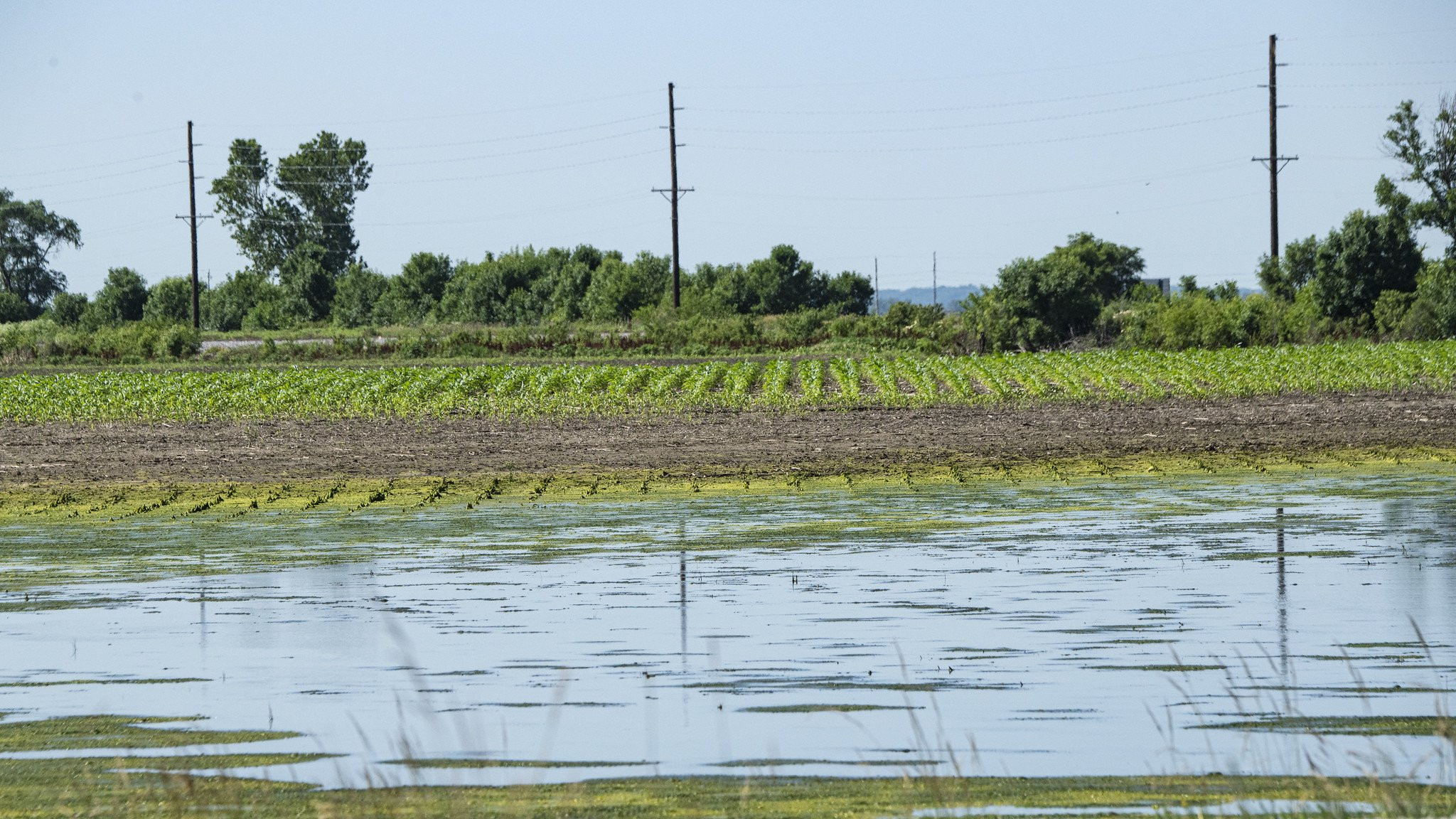Flooded by Problems, Farmers Need a Raft of Solutions

This spring, every now and then a photo or two of flooded farm operations in the midwestern US has caught the attention of the media and general public. But what those pictures represent hasn’t really been captured.
The record floods delayed farmers from planting corn and soy crops, according to the US Department of Agriculture; they could not start until the standing water had drained. Too much land was planted late, bumping up against the limits of the growing season—which dictate how federally guaranteed crop insurance covers losses.
And with so much flooding, the top soil of those fields has either been washed away or received a new level of silt from elsewhere upstream—compelling farmers to re-evaluate how they apply the fertilizer and other “inputs.”
If that sounds bleak, it could be worse. Consider China, where African Swine Fever is tearing through the country’s hog barns. An estimated 200 million pigs could be culled to prevent the outbreak from worsening—and the invasive fall armyworm is munching its way through southern China, home of 81 percent of the country’s rice crop.
Farmers everywhere around the world need new ways to produce food as tried and true methods can’t withstand the supercharged problems in agriculture today. Scientific innovation to answer these challenges is desperately needed. And while federal funding for research and development has generally increased over the past few decades, funding for the US Department of Agriculture (USDA) has pretty much remained flat.
In China, however, government investments in agricultural R&D have increased dramatically, from roughly one quarter of what the US government spent in 1990 to more than twice the US in 2013. This approach is critical for making sure that solutions can be found in an era when there is no shortage of problems that farmers face.
The Supporters of Agricultural Research (SoAR) Foundation, however, recently pointed out that we have good news this year as the USDA’s flagship research program—the Agriculture and Food Research Initiative (AFRI)—is in line to receive a solid boost to its budget for the coming fiscal year. AFRI funding is based on merit, and grant proposals from researchers are rigorously peer-reviewed. This process ensures that AFRI grants apply the best scientific research to the challenges that farmers and consumers face.
The USDA-FDA budget bill that recently passed the House of Representatives provides AFRI with $45 million more in funding, a tremendous gain—an 11 percent increase from this past fiscal year. This is for a program that has only been able to fund one quarter of the science that the program’s expert panels deem worthy.
The USDA budget still needs to be passed by the US Senate, however, and a final budget bill still needs to be signed by the President. But as the political process continues on Capitol Hill, the need for research funding can be clearly seen everywhere that farmers produce our food.
For more information and examples of agricultural science success stories, please visit https://supportagresearch.org/our-projects/retaking-the-field/retaking-the-field-volume-4